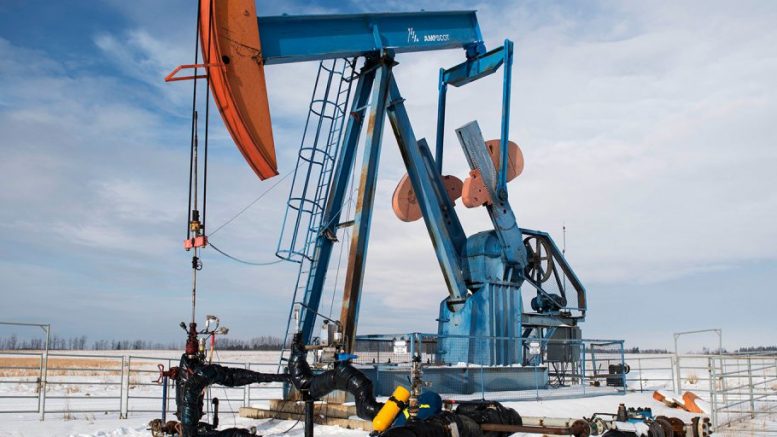
Calgary-based lithium developer E3 Metals (TSXV: ETMC; US-OTC: EEMMF) announced the discovery of a new lithium enriched aquifer in south-central Alberta. The lithium enrichment was discovered in the Nisku aquifer, and the company says sampled lithium grades ranged up to 75 milligrams per litre (mg/L).
The Nisku is laterally extensive across the company’s permit area and is located just above another aquifer, the Leduc, in which E3 Metals already holds 6.7 million tonnes of lithium carbonate equivalent inferred mineral resource. The aquifers are situated 2,000-3,000 metres underground.
Both aquifers have similar geological properties, the company says, so the Nisku should have a propensity for high brine flow rates comparable to the Leduc, supporting the production of commercial quantities of lithium.
E3 Metal sampled brine from the Nisku aquifer, as well as Leduc brine, from oil and gas production wells as part of ITS ongoing exploration and development work. In total, 17 samples were collected across the Nisku, and the company says all have demonstrated the presence of higher-grade dissolved lithium within the formation brine, with lithium grades ranging between 37.4 mg/L and 75.0 mg/L.
The Nisku and Leduc aquifers are classified as “confined aquifers”, meaning they are not connected to the surface or any shallow, fresh, groundwater source. As well, the fluids in the aquifers are contained under pressure, which naturally assists with fluid production. In Alberta, aquifers like these are important producers of hydrocarbons, which sit buoyantly atop the lithium brine. However, in the area E3 Metal has been exploring, the hydrocarbons have mostly been depleted after 60 years of oil production, leaving aquifers with lithium enriched brine.
“The discovery of lithium in the Nisku expands the known lithium brine volumes and may offer operational benefits,” Chris Doornbos, president and chief executive of E3 Metals, said in a statement. “Wells drilled to access the Leduc intersect the Nisku first, which may allow us to produce lithium enriched brines from both aquifers from the same well, potentially increasing operational efficiencies in the future.”